Experience Fiordland: From Milford to Doubtful Sound
While Milford Sound gets the accolades, the entire Fiordland region deserves them. So, if you’re keen to have an adventure that won’t be shared with everyone at your departure gate, our insider Andy spills the beans on Fiordland’s best kept secrets.
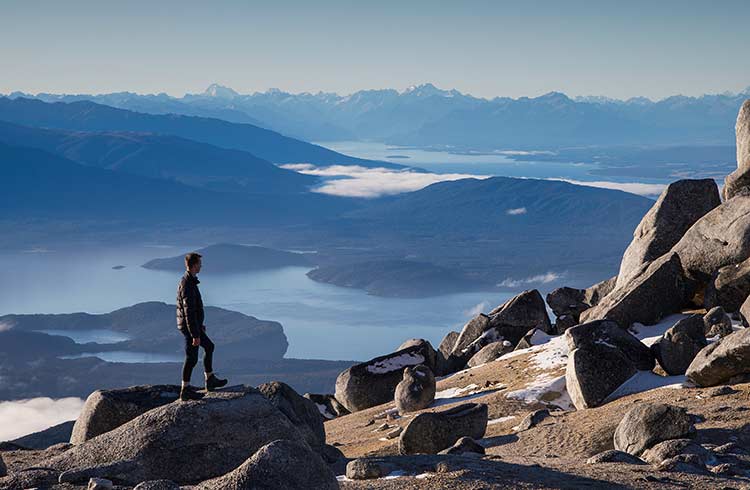 Photo © Douglas Thorne
Photo © Douglas Thorne
No trip to New Zealand is complete without a trip to Fiordland. And no trip to Fiordland – if you believe the hype – is complete without a trip to Milford Sound.
Competition and demand have pushed the bottom end prices of a cruise around the World Heritage site into the realm of affordable, for even the most budget conscious traveler (prices for a two-hour boat ride start at
Yes, it's spectacularly beautiful – rain or shine – but with the huge crowds and a parade of vessels, it feels a bit more like the ‘It’s a Small World’ ride at Disneyland than a genuine wilderness experience. Here are some alternatives that'll be just as stunning, but with far more solitude.
- Where to Stop Off Along Milford Road
- Doubtful Sound
- Check Out Lake Manapouri
- Sandflies
- Weather in Fiordland
- Road Conditions
Where to Stop Off Along Milford Road
The 75mi (120km) long Milford Road that leads to Milford Sound has many well-advertised stopping spots such as Mirror lakes, Key Summit, and the Chasm. Like Milford Sound itself, stops here during high season will involve tour buses and shoulder to shoulder short walks to pretty scenery where pictures are snapped by the thousands every day.
But, the road also contains some less frequented destinations that are equally spectacular.
Hike up to Gertrude Saddle
The hike up to Gertrude Saddle past Black Lake leaves from near the Homer Tunnel and offers a challenging five to six-hour return trek in the unparalleled alpine scenery.
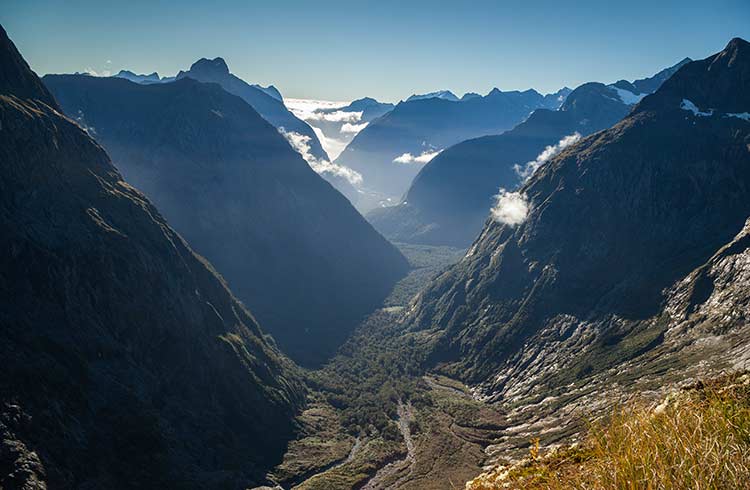
You can camp (for free) at either the saddle or the lake, and even climb Barrier Knob – voted by New Zealanders as the most spectacular mountain that can be climbed without technical equipment.
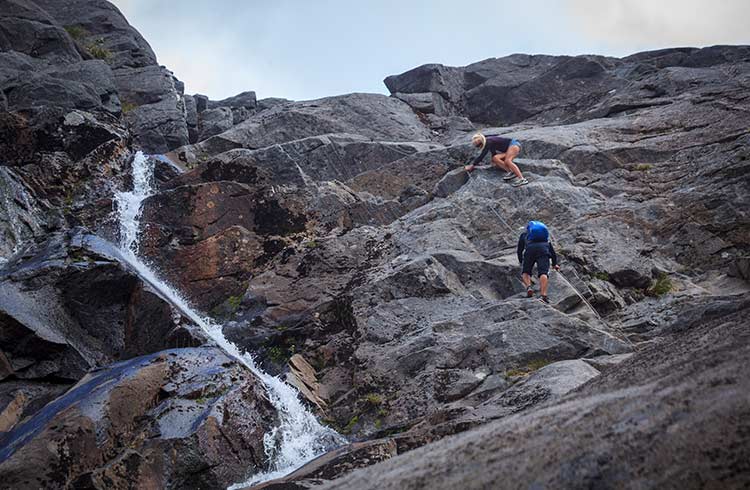
The Lake Marian Trail
The Lake Marian trail departs from the Hollyford Road, just a stone’s throw from the main thoroughfare, but far enough that it receives only a fraction of the visits.
After an hour, this shorter walk leads to a stunning
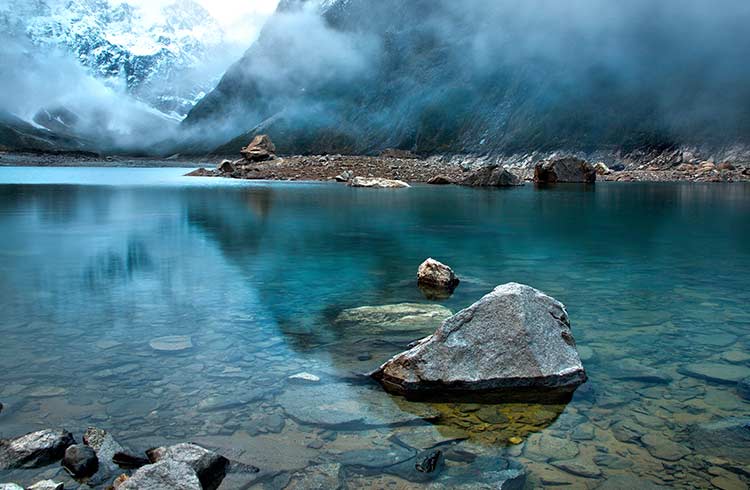
The Falls Creek Track
The time-crunched can take a quick jaunt up (and here we mean ‘up’ quite literally) the first kilometer of the Falls Creek Track. The track deteriorates after that, but in a short span will provide some up close and personal (and handrail free) views of waterfalls tumbling through the steep landscape.
Another quick option is to follow the Mistake Creek track for fifteen minutes for quick access to an iconic kiwi three-wire bridge.
Doubtful Sound
A trip to Doubtful Sound is another great alternative to Milford – albeit a pricier one, with both cruise and kayaking options available and starting at around the US $170 mark.
But, because of the remoteness, cruise itineraries, in particular, leave little time for self-exploration. Travel to Doubtful Sound (Deep Cove) without the cruise is possible via Real Journeys for US $62 pp each way, and accommodation at the Deep Cove Hostel can be arranged for casual visitors (from
The area is well worth several nights stay – it’s remote, comfortable, and far less crowded than Milford.
There are short walks around Helena Falls and along the Olivia River (Old Doubtful Sound Track), as well as up to Hanging Valley.
Small dinghies can be hired by the half day from the hostel for fishing, or you can travel with your own pack-raft or inflatable SUP – both of which can be hired in Te Anau.
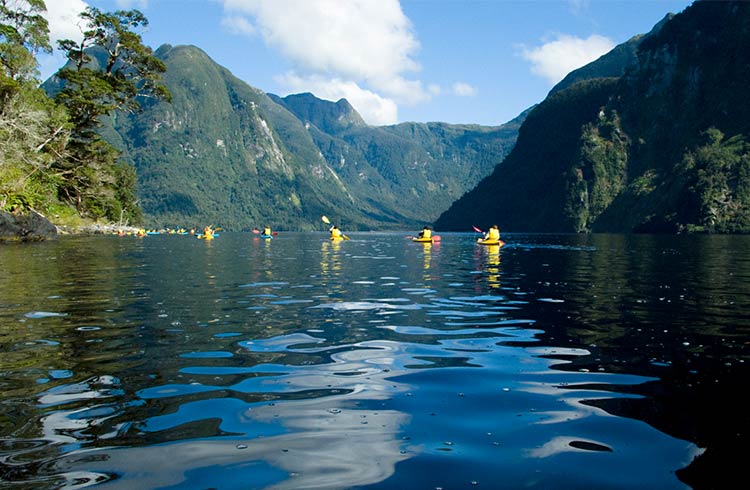
Check Out Lake Manapouri
The Lake Manapouri region also provides heaps of adventure opportunities for those of you on a budget. Bush tracks exist a short boat ride – or swim for the brave – across the Waiau River outlet.
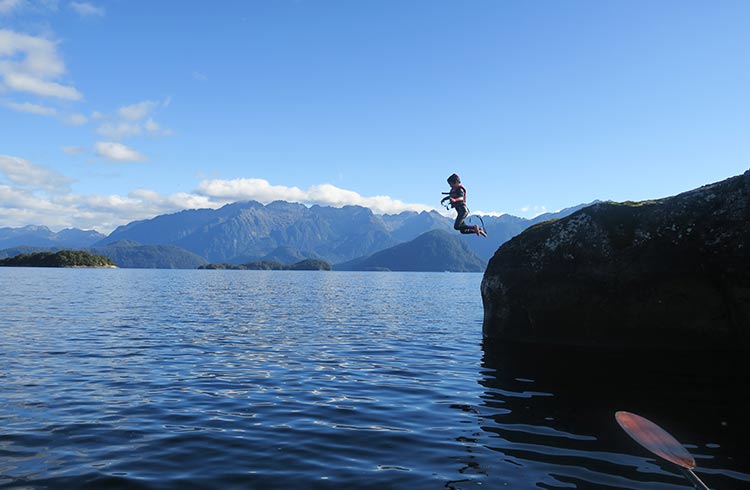
Hiking Trails
The Circle Track loops its way to a great view over bush covered hills, and the Hope Arm Track leads either the tiny (free) two bunk Back Valley hut (and other three wire bridge) or the Hope Arm hut, where pristine beach camping is also available.
Hope Arm is also the launching point for most ascents of Mt. Titaroa, the iconic granite sloped peak visible to the south of Te Anau. It’s a non-technical ascent, and well worth a couple days’ effort.
The lake is ideal for paddling. Unfortunately, there are no self-hire kayaking options in Fiordland. However, stand up paddleboards and pack-rafts can be hired in nearby Te Anau.
There are amazing and
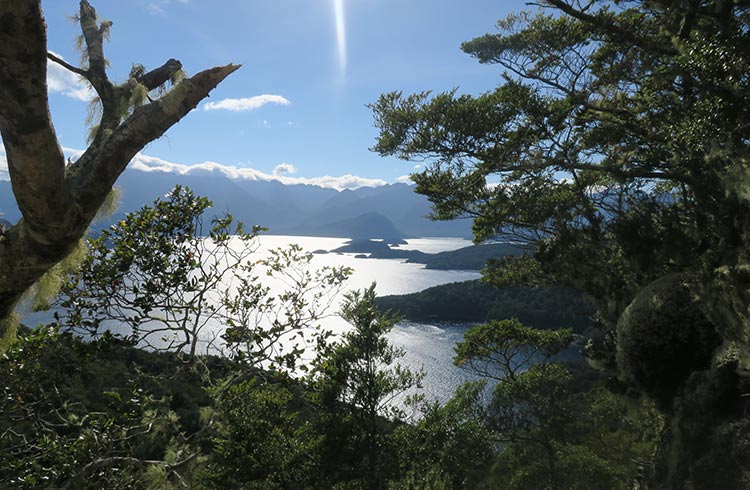
The Dusky Track
Finally, the West Arm, which is passed through on any trip to Doubtful Sound, is the launching point for the infamous Dusky Track, as well as Fiordland’s best (and only) mountain bike ride, Percy Pass. Both of these options are typically one-way affairs requiring transport logistics, so make sure to get more information before setting out.
Fiordland is such a vast and magical place that these ideas really just scratch the surface of what the region has to offer for those of you looking to get off the beaten path. Whatever you do, you’re sure to be impressed.
Namu: The Sandfly
There is a Maori legend that ‘Namu’ (the sandfly) was created and released near Milford Sound to keep people from lingering too long in this beautiful place and spoiling it. In many ways, it appears to be working!
For many tourists, an encounter (or rather encounters) with the sandfly is the worst thing about their trip. A few tips on how to deal with the pesky critters can go a long way to making the scenery be the main thing that stands out in your experience.
1. Move! Sandflies can’t keep up for long if you’re moving, so if they are abundant, strolling along will keep most of them at bay.
2. Cover up! If you’re keen to stop and relax, cover up. Shorts might seem like a great idea on a hot day, but less so when your legs are covered in sandflies. The insects can’t bite through anything, so lightweight nylon trousers and sleeves are a good idea. A head-net for those camping on beaches that want to enjoy sunrise/sunset – when they are most vicious – is also a good idea.
3. Use repellant! DEET and similar sprays will work temporarily, but require frequent reapplication to be effective.
Weather in Fiordland
It can snow any month of the year. It can rain a meter in a day. Fiordland is, essentially, a rainforest. This is good in terms of the sheer volume of waterfalls, but it means you need to embrace the idea of getting wet.
You should always have alternative plans in case access to Milford or Doubtful is closed, which happens occasionally at times of high rain or avalanche risk.
Road Conditions
The Milford Road is one of the most dangerous roads in New Zealand, primarily because of its narrow and winding nature, the volume of traffic it sees in high season, the number of international drivers, and the distracting scenery.
It’s not uncommon to see tourists only half pulled off the road for photo opportunities, or crawling along at too-slow of speeds and creating pressure and incentive for high-risk passing.
Be smart, drive sensibly, always pull completely off the road if you are stopping, and use pullouts to let others pass if you’re not in a hurry.
Related articles
Simple and flexible travel insurance
You can buy at home or while traveling, and claim online from anywhere in the world. With 150+ adventure activities covered and 24/7 emergency assistance.
Get a quote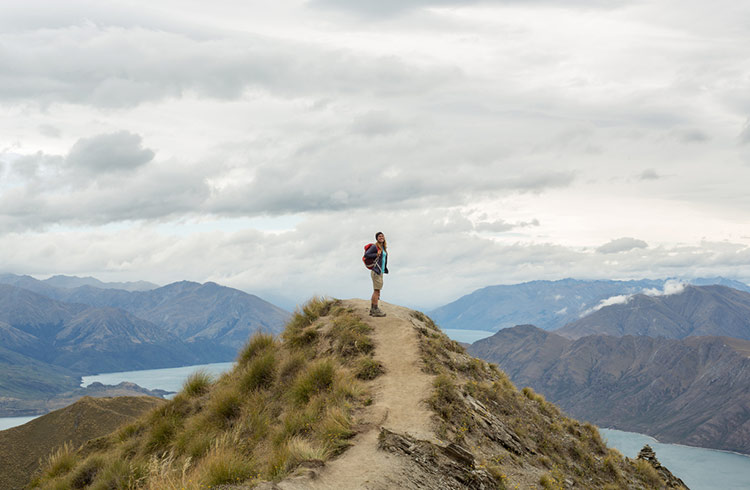
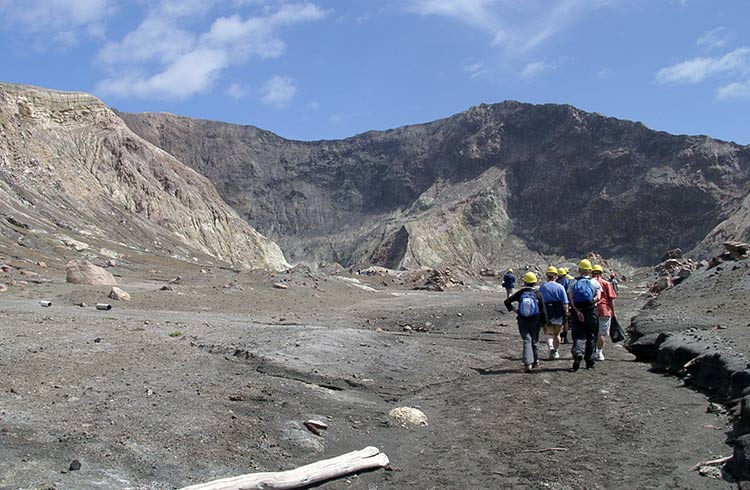
No Comments